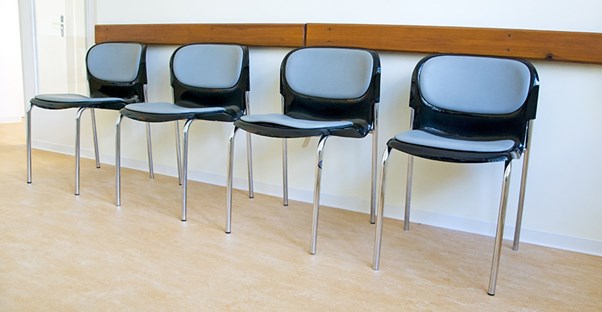Urinary incontinence is an issue that can be so embarrassing it keeps those trying to manage it from seeking help. But between the many types of incontinence, more than 10 million Americans are suffering from it right now.
If you’re tired of having your life run by your bladder, don’t be afraid to seek help. Here are ten terms to help you get familiar with urinary incontinence.
1. Urinary sphincter: A weak urinary sphincter can often be the cause of urinary incontinence. This body part controls when urine leaves the bladder via the urethra. It is present in both men and women, and there’s an internal and external version for both genders. While normally a contracted urinary sphincter keeps urine inside the bladder, when it grows weak it may allow periodic leaking.
2. Stress incontinence: Generally occurring in women, stress incontinence refers to stress placed on the bladder that forces urine out. Activities like heavy lifting, as well as those you didn’t think about (like sneezing, coughing or laughing), can cause small leakages instead. The pressure of pregnancy and childbirth often lead to stress incontinence, although menopause is often a risk factor as well.
3. Urge incontinence: Another form of urinary incontinence is urge incontinence. Slightly different from stress incontinence, urge type is characterized by an extremely strong urges to go to the bathroom. There’s often very little time between the presentation of the need to go and the occurrence of leaking. Often caused by an overactive bladder, it may cause frequent trips to the bathroom.
4. Mixed incontinence: Exactly like it sounds, mixed incontinence combines the worst of both worlds. Weak bladder muscles and an unstable bladder combine to cause the symptoms of both. Leaking occurs from stress activities that put pressure on the bladder as well as accompanying urges.
5. Functional incontinence: Functional incontinence generally accompanies psychological or cognitive disorders or issues with the urinary tract. Mobility issues may prevent a person from getting to the bathroom quickly enough, while urinary tract infections can make it difficult to hold urine as long as you might normally. Conditions like depression may be severe enough to deter trips to take care of business. Something functionally blocks the ability to go to the bathroom normally, rather than having a problem stemming from bladder muscles.
6. Overflow incontinence: Overflow incontinence occurs most frequently in men with enlarged prostates, blocked urethras, or damaged bladders. Because of the damage or obstructions, the full amount of urine in the bladder can’t leave no matter how hard you push. Small dribbles and trickles may occur on command, but the bladder stays full. Thus, the excess continues to leak out frequently or constantly.
7. Post-void residual measurement: This is one methods used to properly diagnosing the presence and type of urinary incontinence. The patient urinates into a designated receptacle so the output can be measured. Using a catheter or imaging technology, medical professionals then measure how much still resides in the bladder, which can indicate issues with the muscles or presence of an obstruction.
8. Kegel exercises: Also called pelvic floor exercises, these techniques are designed to improve the strength of the muscles in control of urination. To figure out which muscles to focus on, try stopping the flow of urine halfway through, restraining, and then releasing. Lying on the floor (or even sitting still!) contract and release the same muscles in ten second intervals.
9. Pessary: Insertable devices may be useful for some women suffering from urinary incontinence. While urethral inserts are used to plug the urethra for small periods of time during activities likely to cause leakage, a pessary is a ring-shaped, intravaginal device inserted to provide extra support to the bladder to help prevent leakage.
10. Anticholinergics: Anticholinergics are a group of prescription medications used to help treat an overactive bladder. Several different options are available, although it’s always important to discuss side effects before beginning a new medication. Urge incontinence may also be improved with anticholinergics.




